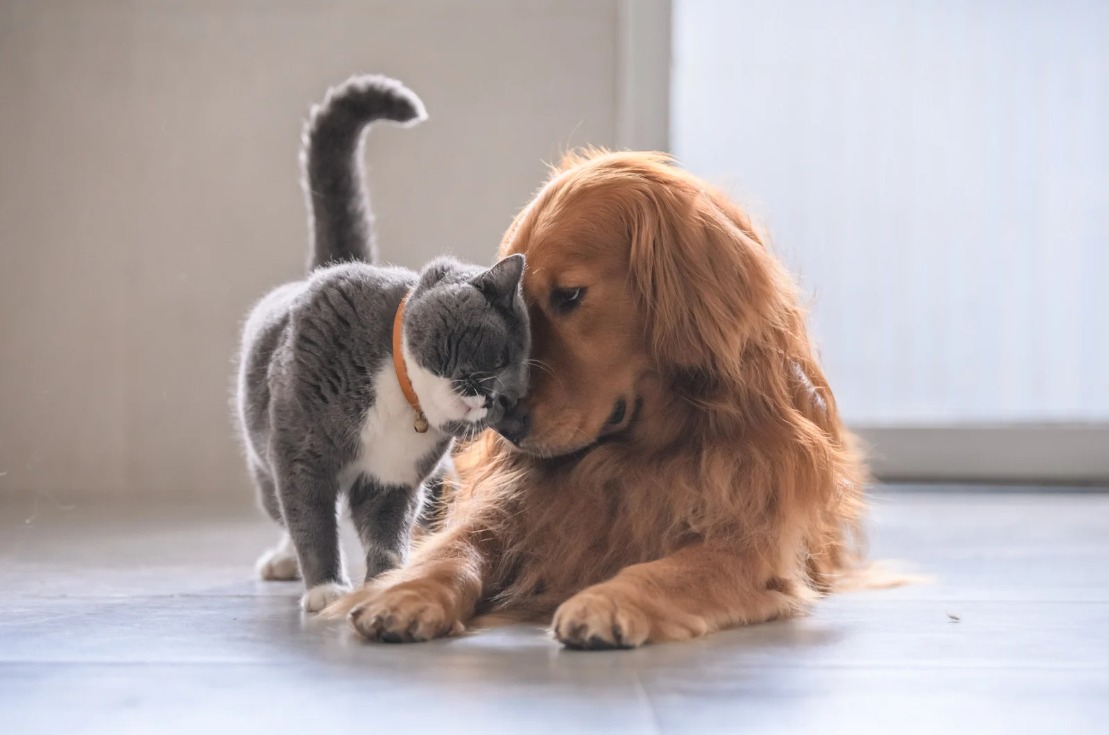Ensuring the health and well-being of your pets during the mating process is crucial. Whether you’re a breeder or a pet owner considering breeding your animals, it’s essential to understand the steps and precautions necessary for safe mating. This guide will cover everything you need to know about safe mating practices for dogs and cats.
Understanding Mating Cycles
Dogs:
- Heat Cycle: Female dogs go into heat, also known as estrus, approximately every six months. The heat cycle can last between 2 to 4 weeks.
- Signs of Heat: Swelling of the vulva, bloody discharge, increased urination, and behavioral changes such as restlessness and increased affection.
Cats:
- Heat Cycle: Female cats are induced ovulators, meaning they can go into heat multiple times a year, typically every 2 to 3 weeks during the breeding season.
- Signs of Heat: Increased vocalization, rolling on the floor, increased affection, and a raised rear end.
Pre-Mating Health Check
Before mating, ensure both animals are healthy and free of any genetic or contagious diseases. A vet check-up should include:
- Health Screening: Ensure vaccinations are up to date and both animals are free from parasites.
- Genetic Testing: Screen for hereditary diseases common in the breed.
- Physical Examination: Check for any physical issues that might complicate mating or pregnancy.
Preparing for Mating
- Choose the Right Partner:
- Ensure the mate is of good health, temperament, and conforms to breed standards.
- Research the genetic history of both animals to avoid hereditary issues.
- Environment:
- Mating should take place in a quiet, stress-free environment where both animals feel comfortable.
- Ensure the area is safe and free from distractions or hazards.
- Supervision:
- Always supervise the mating process to ensure both animals are comfortable and to intervene if any issues arise.
The Mating Process
Dogs:
- Introduction: Allow the dogs to get acquainted in a neutral area to reduce territorial behavior.
- Mounting: The male will mount the female, and once penetration occurs, a tie may happen where the dogs are locked together for up to 30 minutes. Do not attempt to separate them during this time.
Cats:
- Introduction: Allow the cats to get comfortable with each other. It may take a few meetings before they are ready to mate.
- Mating: The mating process in cats is quick, lasting only a few minutes. The female may vocalize loudly due to the male’s barbed penis. This is normal.
Post-Mating Care
- Rest and Recovery:
- Provide a quiet and comfortable space for the female to rest after mating.
- Monitor both animals for any signs of stress or physical issues.
- Veterinary Check-Up:
- Schedule a vet visit to confirm pregnancy and monitor the health of the female.
- Nutrition:
- Ensure the female receives a balanced diet rich in nutrients to support pregnancy.
Avoiding Unwanted Pregnancies
If breeding is not desired, consider the following options:
- Spaying and Neutering: The most effective way to prevent unwanted pregnancies and reduce the risk of certain health issues.
- Confinement: Keep pets indoors or in secure areas to avoid accidental mating.
- Monitoring: Be vigilant during the heat cycle and separate male and female pets if necessary.
Conclusion
Safe mating practices for dogs and cats involve thorough preparation, careful monitoring, and post-mating care. By understanding the mating cycles, ensuring health checks, and providing a safe environment, you can help ensure the well-being of your pets during the breeding process. Whether you’re breeding for the first time or are an experienced breeder, prioritizing the health and safety of your animals is paramount.




